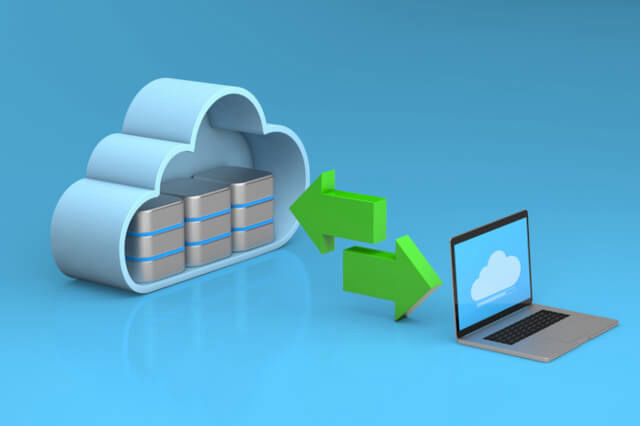
Case 1 - Photoshop Files
You have lots of files on a file server. Some of the files are graphics files like Photoshop files. Different departments have to access these files, and now everybody is working remotely. You had looked at moving to the cloud, but it's not going to happen because of the file size on the file server and the time it would take to do the file migration. Your pain point is that VPN is very slow because of the type of files.






